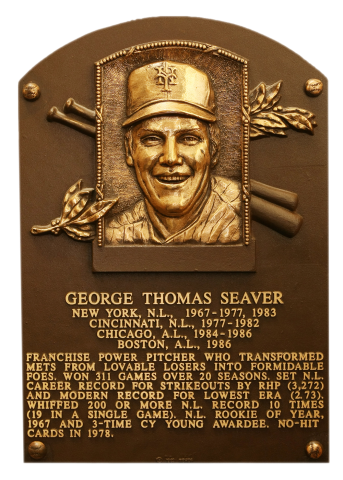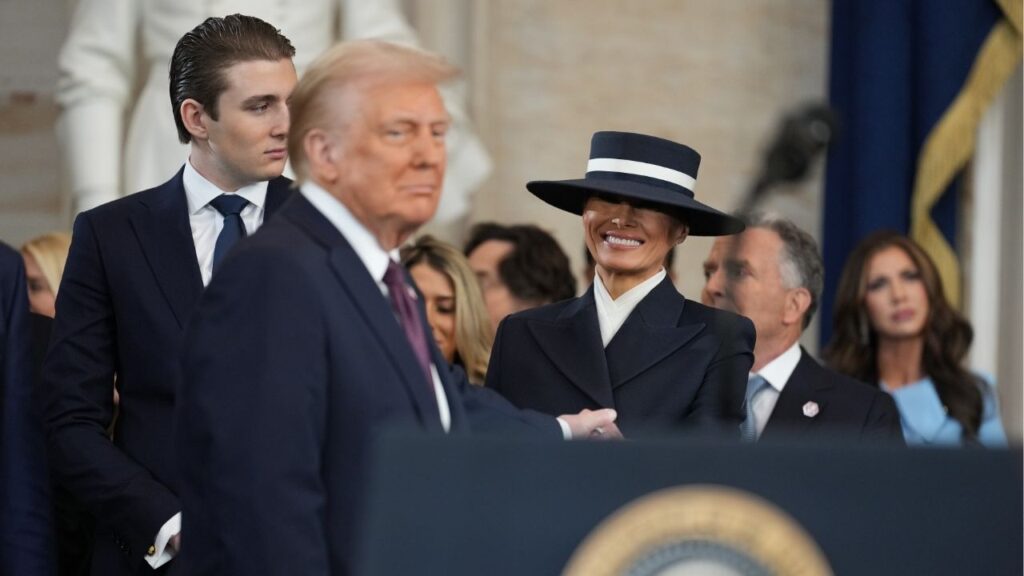Seaver’s Early Career
The conversion from lovable losers to Miracle Mets was the culmination of a three-year climb that started when Seaver arrived in New York as a rookie in 1967. He won rookie of the year honors that season, going 16-13 with a 2.76 ERA. The next year, Gil Hodges became the manager of the team, and Seaver blossomed under his wing.
Seaver credited Hodges, who died in 1972, for helping him develop a better work ethic and become a smarter pitcher. But it was Seaver’s confidence, enthusiasm, and ease in front of the camera that made him a favorite with fans, who dubbed him Tom Terrific. For years, crowds at Shea Stadium were noticeably larger when Seaver pitched.
“To have such a special baseball player, such a special pitcher, a legend of the game of baseball be a Met is a tremendous honor for our organization,” Mets manager Mickey Callaway said Thursday at the team’s spring training base in Port St. Lucie, Florida. “Our thoughts and prayers go out to him and his family.”
Seaver helped the Mets return to the World Series one more time, in 1973, as they surged from last place in late August to become division champions. The Mets went on to defeat the Reds in a wild, five-game playoff, and then pushed the Oakland Athletics to seven games in the World Series before losing.

Trade of Seaver a Dark Day for Mets
Seaver’s departure on June 15, 1977, is considered one of the darkest days in Mets history. After a long dispute with management over his salary, Seaver was traded to the Reds for Pat Zachry, Doug Flynn, Steve Henderson and Dan Norman. Seaver energized an already-powerful Reds team, while the Mets finished in last place four out of the next six years. Almost a year after he was traded to the Reds, Seaver pitched his only no-hitter, against the St. Louis Cardinals in Cincinnati.
Seaver returned in 1983 for one more year in New York, making him the last member of the 1969 team to play with the Mets. He was welcomed warmly on opening day that year, and pitched six shutout innings. But he ended the season with a 9-14 record. He was picked up by the Chicago White Sox in the offseason, and won his 300th game in Yankee Stadium in 1985.
Seaver worked as a Mets broadcaster after he retired and was a regular fixture at the annual induction weekend at the Hall of Fame in Cooperstown, New York. Seaver also appeared at memorabilia shows in the New York area.
Seaver’s arrival in New York almost didn’t happen. He was drafted by the Atlanta Braves in 1966, but the pick was voided on a technicality. Seaver’s name was put into a lottery, and the Mets won.
Seaver’s Love of Winemaking
After he left broadcasting, Seaver focused much of his energy on making wine at a vineyard on his 116-acre estate in Calistoga, California. At a wine tasting in New York several years ago, he talked about his new passion.
“You end up with the job you have and you end up in the Hall of Fame, and when you get there, you realize it’s the journey, not the destination,” Seaver said, by way of explaining what excited him about making wine.
Seaver also appreciated how his success in baseball enabled him to pursue a second life working outdoors producing something he, his family and many others could enjoy.
“Every night, when you close the gate and look back at the house,” Seaver said at the time, his voice cracking and his eyes welling up with tears, “and you realize, how cotton-picking lucky am I?”
© Copyright The New York Times News Service, 2019





















